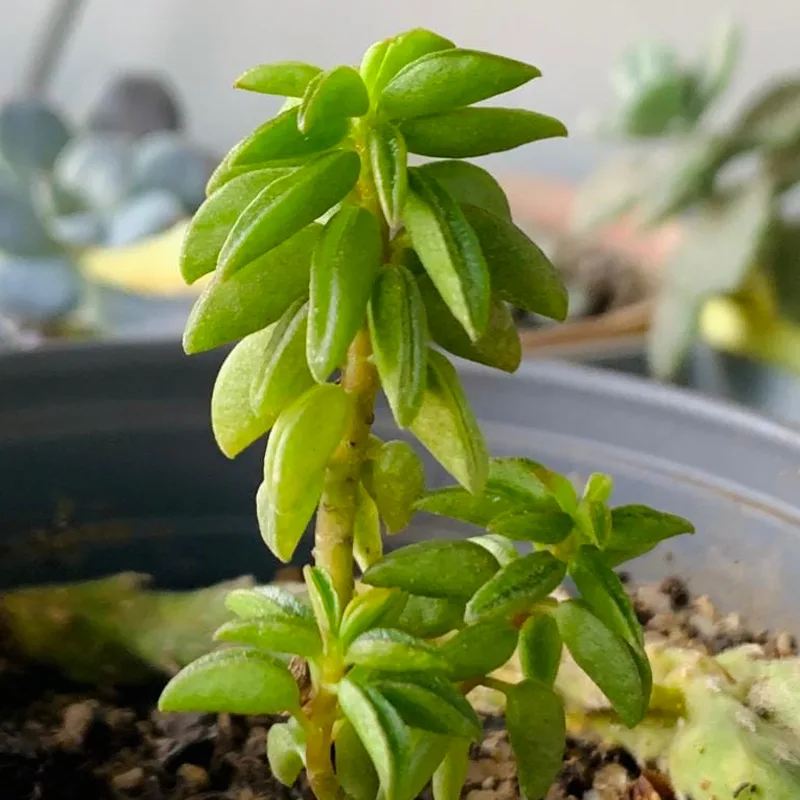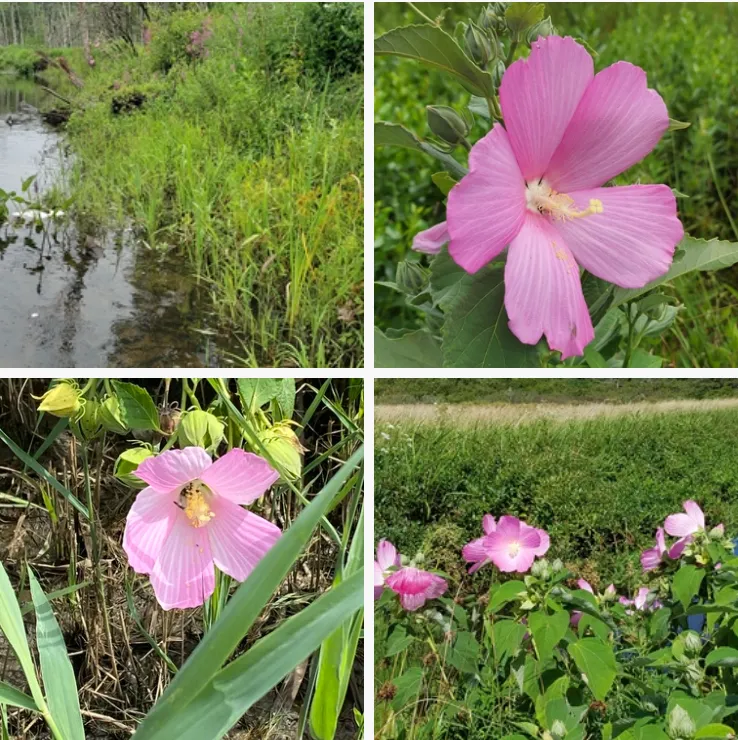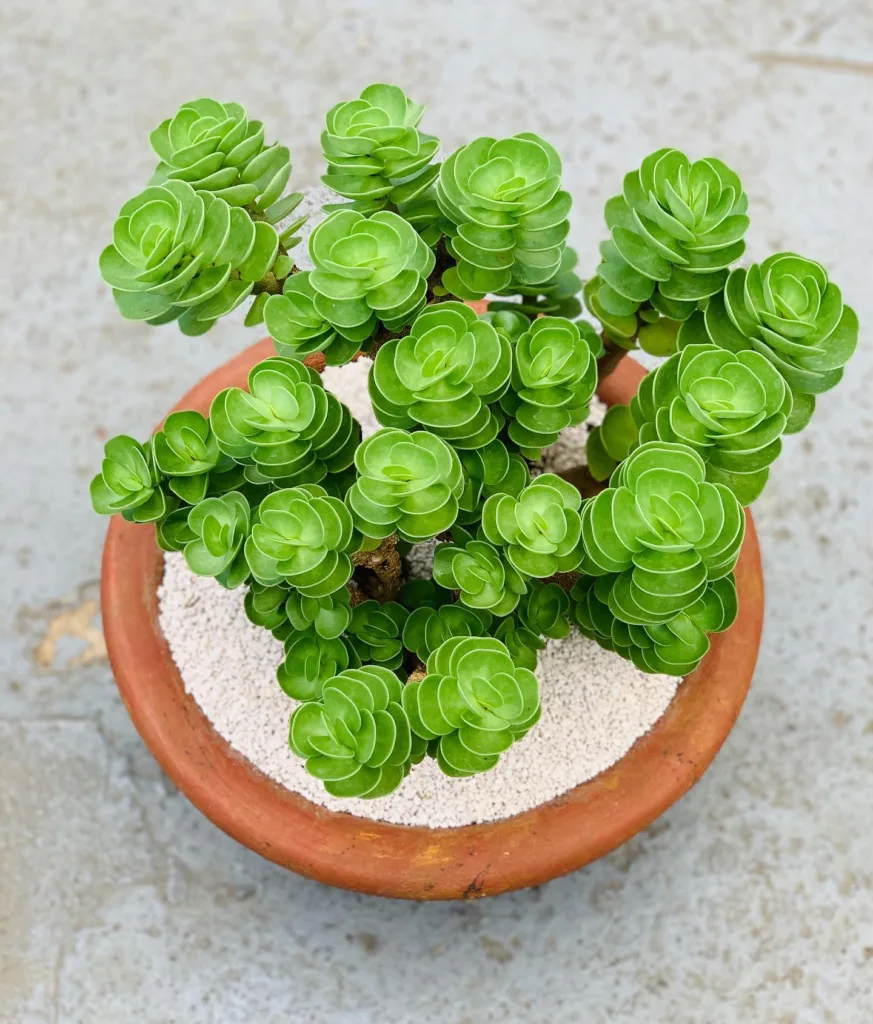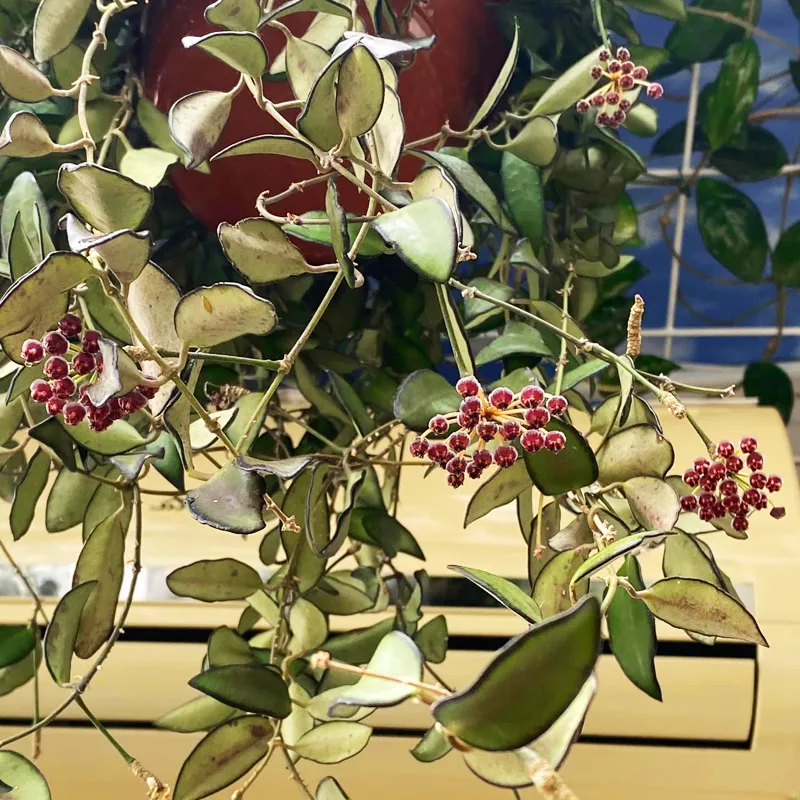What Is Bahiopsis Laciniata?
Bahiopsis Laciniata, also known as Bahia Senna or Cutleaf Senna, is a stunning perennial native to the southeastern United States. This plant is admired for its striking, finely divided foliage and bright yellow flowers that bring a burst of color to gardens. It’s a member of the Asteraceae family, known for its resilience and ability to adapt to various soil types and conditions.
Plant Family: 1720 Genera in Asteraceae
How to Care for Bahiopsis Laciniata?
Caring for Bahiopsis Laciniata is relatively straightforward, and it’s perfect for gardeners who prefer low-maintenance plants. Here’s a breakdown of what you need to know:
Sunlight: Bahiopsis Laciniata thrives in full sun. It requires at least six hours of direct sunlight daily to perform at its best. In shadier conditions, it may become leggy and less vibrant.
Soil: This plant is quite adaptable but prefers well-draining soil. While it can handle a range of soil types, from sandy to loamy, ensure that the soil doesn’t retain excess moisture as this can lead to root rot.
Watering: Once established, Bahiopsis Laciniata is drought-tolerant. Regular watering is necessary during the initial growing period, but you can reduce frequency as the plant matures. Be cautious not to overwater.
Fertilizing: Feed Bahiopsis Laciniata with a balanced fertilizer in the spring to promote healthy growth. You don’t need to fertilize excessively; a couple of feedings during the growing season are usually sufficient.
Pruning: Prune the plant in late winter or early spring to remove any dead or damaged growth. This encourages new growth and helps maintain the plant’s shape.
How to Propagate Bahiopsis Laciniata?
Propagating Bahiopsis Laciniata is fairly easy, and you can do it through seeds or cuttings:
From Seeds: Start seeds indoors 6-8 weeks before the last frost. Sow them in a seed-starting mix and keep them in a warm, sunny location. Once the seedlings are large enough and after the danger of frost has passed, you can transplant them outdoors.
From Cuttings: Take 4-6 inch cuttings from a healthy Bahiopsis Laciniata plant in the spring or summer. Dip the cut end in rooting hormone and plant it in a well-draining potting mix. Keep the cuttings in a humid environment until they establish roots, then transplant them into the garden.
What to Plant with Bahiopsis Laciniata?
Bahiopsis Laciniata pairs well with various plants, creating a vibrant garden display. Consider these companion plants:
- Purple Coneflower (Echinacea purpurea): Its tall, daisy-like flowers complement the yellow blooms of Bahiopsis Laciniata.
- Black-eyed Susan (Rudbeckia hirta): Another bright and cheerful perennial that enhances the sunny disposition of Bahiopsis Laciniata.
- Salvia (Salvia spp.): The contrasting colors of salvias, with their vibrant spikes, can make a stunning display when paired with the yellow hues of Bahiopsis Laciniata.
Benefits of Bahiopsis Laciniata
Bahiopsis Laciniata offers several benefits for gardeners and the environment:
- Aesthetic Appeal: The delicate, lacy foliage and bright yellow flowers add visual interest and a splash of color to gardens.
- Pollinator Friendly: The flowers attract bees and butterflies, making it a valuable addition to a pollinator garden.
- Drought Tolerance: Its ability to withstand dry conditions makes it an excellent choice for low-water gardens.
Is Bahiopsis Laciniata Toxic?
Bahiopsis Laciniata is not considered toxic to humans or pets. It’s safe to grow around children and animals, though, as with any plant, it’s best to avoid ingestion of large quantities.
Common Problems with Bahiopsis Laciniata
While Bahiopsis Laciniata is generally low-maintenance, there are a few issues you might encounter:
- Pests: Keep an eye out for common garden pests like aphids and spider mites. These can usually be controlled with insecticidal soap or neem oil.
- Diseases: Overly wet conditions can lead to fungal diseases such as powdery mildew. Ensure proper drainage and avoid overhead watering to prevent these issues.
Compare with Similar Plants
If you’re considering alternatives, you might look at similar plants:
- Senna Alata (Candlestick Plant): Known for its striking yellow flower spikes and broad leaves, Senna Alata has a different growth habit but shares the vibrant color.
- Coreopsis (Coreopsis spp.): Another perennial with bright, cheerful blooms. Coreopsis varieties often have a more compact growth habit compared to Bahiopsis Laciniata.
In conclusion, Bahiopsis Laciniata is a fantastic choice for adding a splash of color to your garden. Its vibrant flowers, ease of care, and drought tolerance make it a standout in any landscape. By understanding its care requirements and potential issues, you can ensure it thrives and continues to brighten your garden for years to come.
If i die, water my plants!



